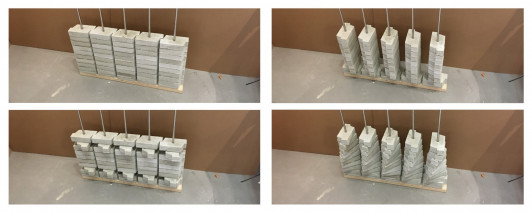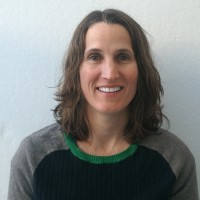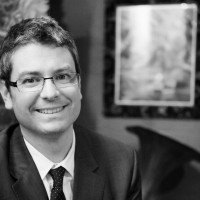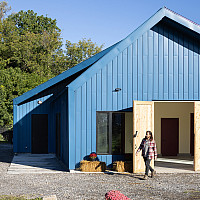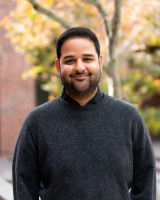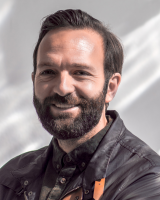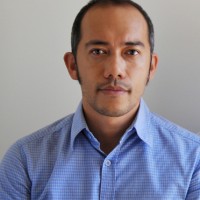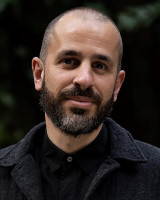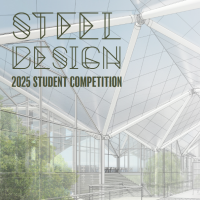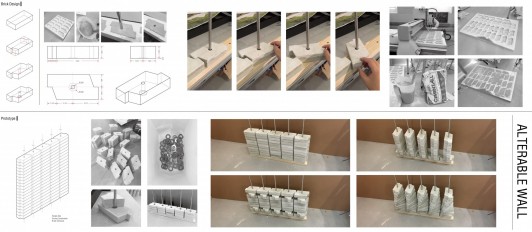
Chao Wei won in the student category and will receive a prize of $5,000. In addition, the School of Architecture graduate program will also receive $5,000. Wei’s submission to the committee was his capstone research project, “Alterable Wall: Speculate the Future of Brick Wall System,” presented at Syracuse Architecture at the conclusion of the fall 2017 semester. Assistant Professor Daekwon Park was Chao Wei’s advisor in the MS program.
Watch this YouTube to learn more about how “Alterable Brick Wall” offers dynamic design possibilities for masonry and how rotating bricks could usher a new wave of dynamic masonry design, allowing building facades to move and adapt to meet real-time conditions and sustainability needs.
Overall, three transformative proposals were selected as winners of the masonry competition, including entries submitted by architects, engineers, students, academics, and firms across the U.S. and Canada.
“The word ‘innovation’ is so powerful, and we see that with our winners,” said Carlos Jiménez, Principal and Lead Designer, Carlos Jiménez Studio and juror for the competition. “We have architects dreaming about colonizing Mars, academics innovating to improve a historical architectural form, and a student using his imagination in a lab to make movable bricks.”
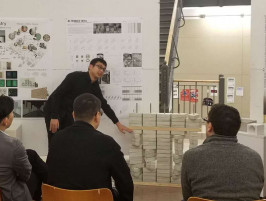
Winners were announced on March 6, 2018 at an awards ceremony hosted by IMI and the International Union of Bricklayers and Allied Craftworkers (IUBAC) in Miami, Florida.
Alterable Wall Explores Dynamic New Possibilities for Brick Construction
Rotating bricks could usher a new wave of dynamic masonry design, allowing building facades to move and adapt to meet real-time conditions and sustainability needs.
Chao Wei explores this concept with an alterable wall made of custom-shaped bricks. The units, cast from a CNC-fabricated mold, are designed to both interlock and pivot, creating vents that can be opened and closed to allow air and light to enter. In doing so, the project uses passive design strategies that can improve interior conditions while saving energy.
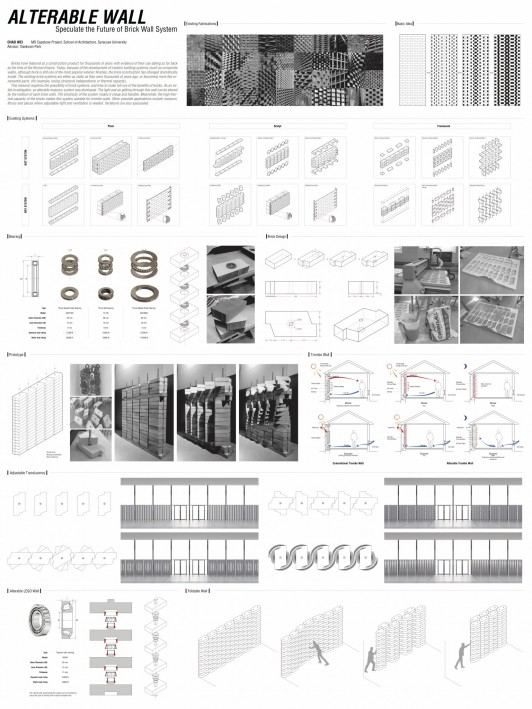
“Very few design competitions invite participants to focus on building materials and components,” said Wei. “Pursuing innovation lead me away from existing brick systems to create something new and unconventional. It really was a surprise to win. I’d like to thank Dr. Daekwon Park and the faculty at the Syracuse Architecture graduate program.”
“The simplicity of the system makes it cheap and feasible,” explains Wei in his project statement. “Meanwhile, the high thermal capacity of the bricks makes this system suitable for buildings in a dry, hot climate. Other applications include places where adjustable light and ventilation is needed.”
“This submission really caught my imagination,” said DeSimone. “It’s a living wall. The texture is so compelling that if you had it at street level, people could run their hands across it and it would change every day. It’s dynamic, and people don’t always think of masonry in that way.”
The idea of “living buildings” that allow occupants to react to their environment is a cornerstone of dynamic design.
Today’s design industry is interested in pushing the limits of kinetic walls and movable building facades, but often use metal, glass, or steel components. Wei’s project offers the opportunity to design kinetically with masonry, responding to designers’ and owners’ need for green, dynamic building solutions.
“Architects are so fascinated with mobility and movement,” said Jiménez. “When you consider innovation as a technique or material, the kinetic quality of this is so impressive, creating an unexpected application where masonry moves.”
The winners of the inaugural Joan B. Calambokidis Innovation in Masonry Competition represent just that: unexpected and new uses for masonry.
“We hope the winning concepts will inspire architects and engineers to think of masonry as a material that can create aesthetic, structural, and innovative buildings so that we can continue to grow the union masonry industry” said Boland. (Credit to International Masonry Institute)
